
An ode to home maintenance
'Tis the season to be jolly, they say But don't let it distract you from home maintenance, don't stray A little bit of work now can save you a lot Of stress and money, it's worth every shot As you deck the halls...

'Tis the season to be jolly, they say But don't let it distract you from home maintenance, don't stray A little bit of work now can save you a lot Of stress and money, it's worth every shot As you deck the halls...

Engaging with a contractor to undertake maintenance work on your home can be a daunting task. With proper planning and communication, the process can go smoothly. Here are some tips on how to effectively engage with a contractors to ensure that your maintenance work is completed to your satisfaction

Many people put off home maintenance because they don't know what to do. But small repairs can lead to bigger problems like mould and water damage. Keep your home in good condition by keeping it clean and tidy. You can also get help with home maintenance for as little as £5

Winter home maintenance tasks are important to keep your home in good condition and to prevent any potential issues from arising. Here are some steps you can follow to maintain your home during the winter months.
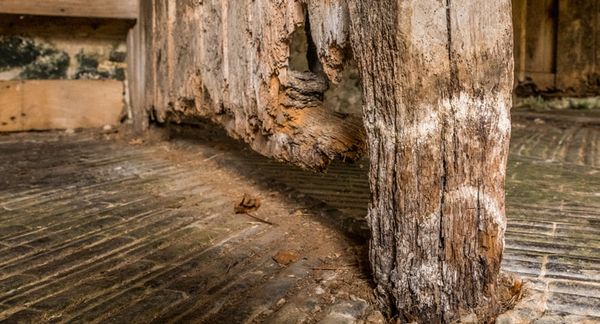
Dry rot and wet rot are two types of wood-destroying fungi. Dry rot is caused by the fungus Serpula lacrymans, while wet rot is cause by a variety of different fungi, including Coniophora puteana and Stereum hirsutum.
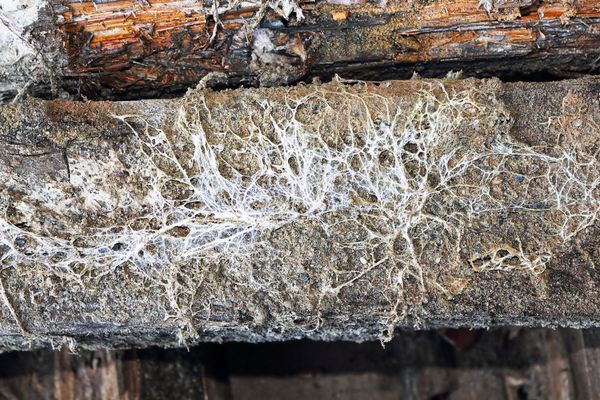
What is dry rot? Dry rot is a type of wood-destroying fungus that thrives in dry, warm conditions. It is a common problem in older homes and can cause significant damage if left untreated. In this article, we will explore the causes of dry rot, the potential damage it can...
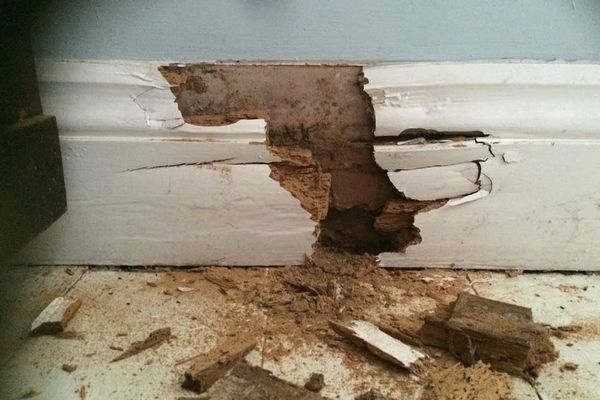
Wet rot is a type of fungus that thrives in damp, wet conditions. It can cause significant damage to a home if left untreated. The main cause of wet rot is excess moisture in a home. Wet rot is most likely to occur in areas that are not well-ventilated.
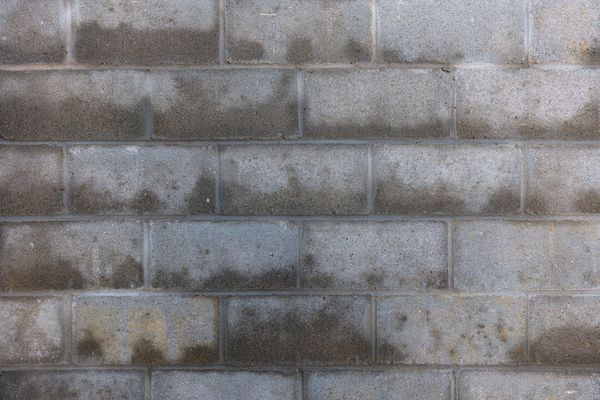
Rising damp is caused by water that rises up through the walls and floors of your home. It can cause damage to your walls and floor, as well as the growth of mould and bacteria. To treat and prevent rising damp, it is important to repair or replace the damp-proof course in your home
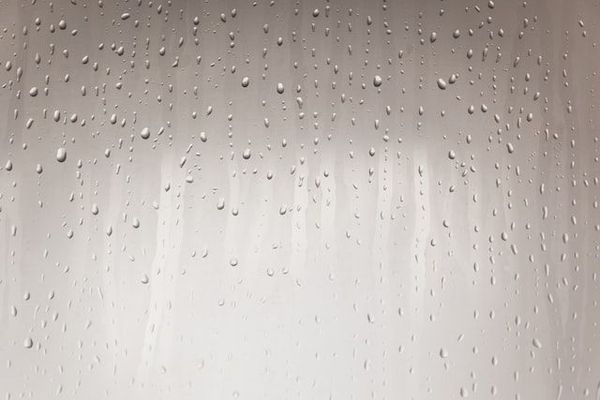
Condensation in the home is caused by excess moisture in the air. This can be the result of cooking, cleaning, bathing, and drying clothes indoors. When the air inside your home is unable to hold all of the moisture, it begins to condense on cooler surfaces, such as windows, walls, and furniture.